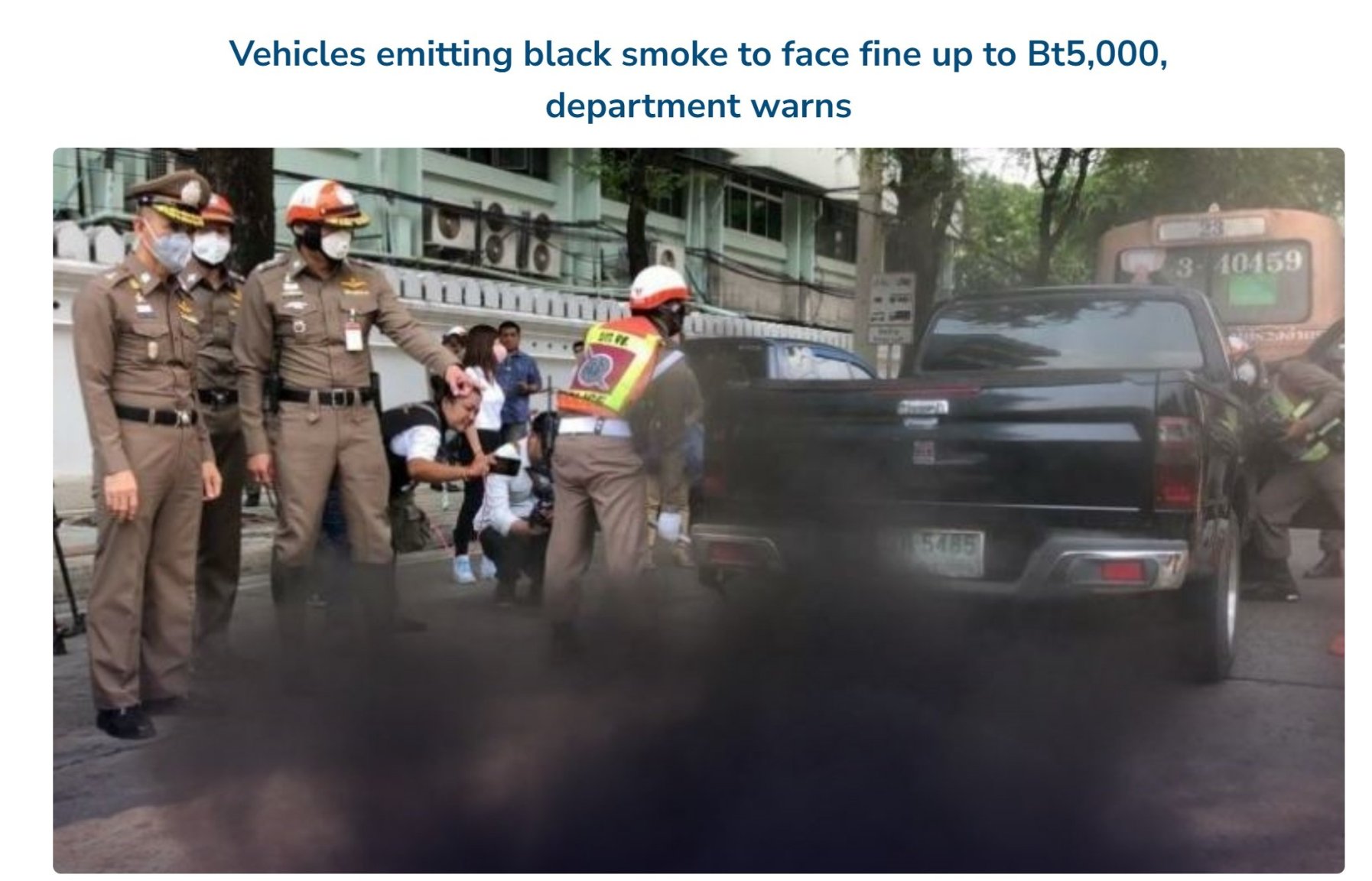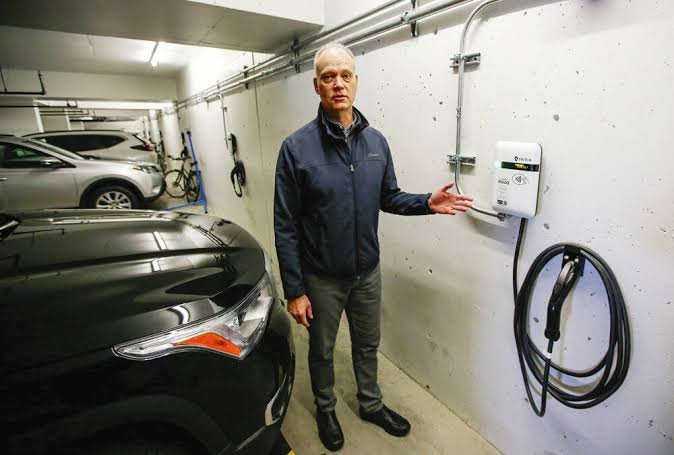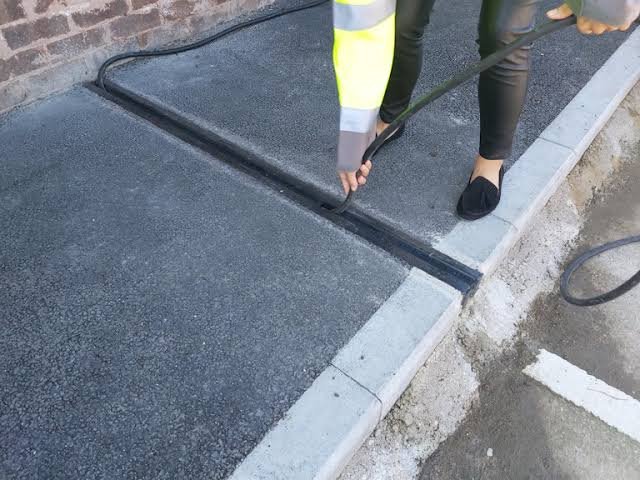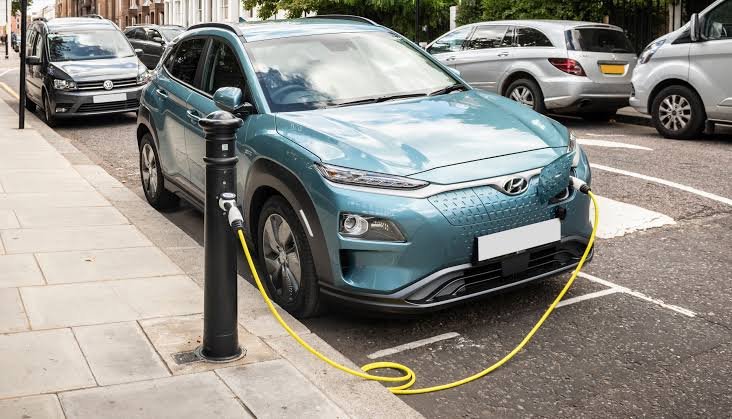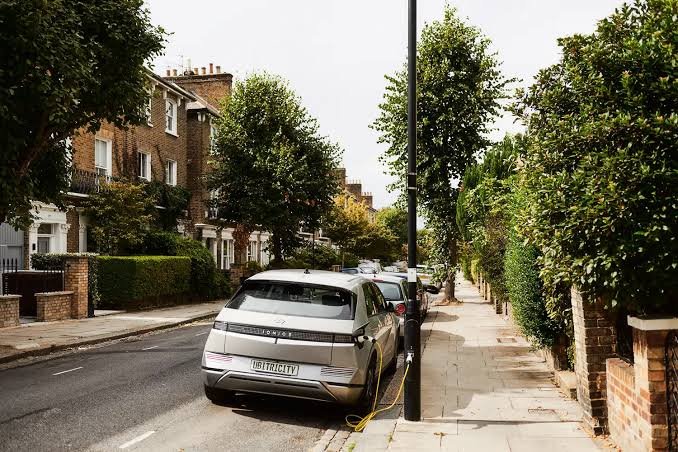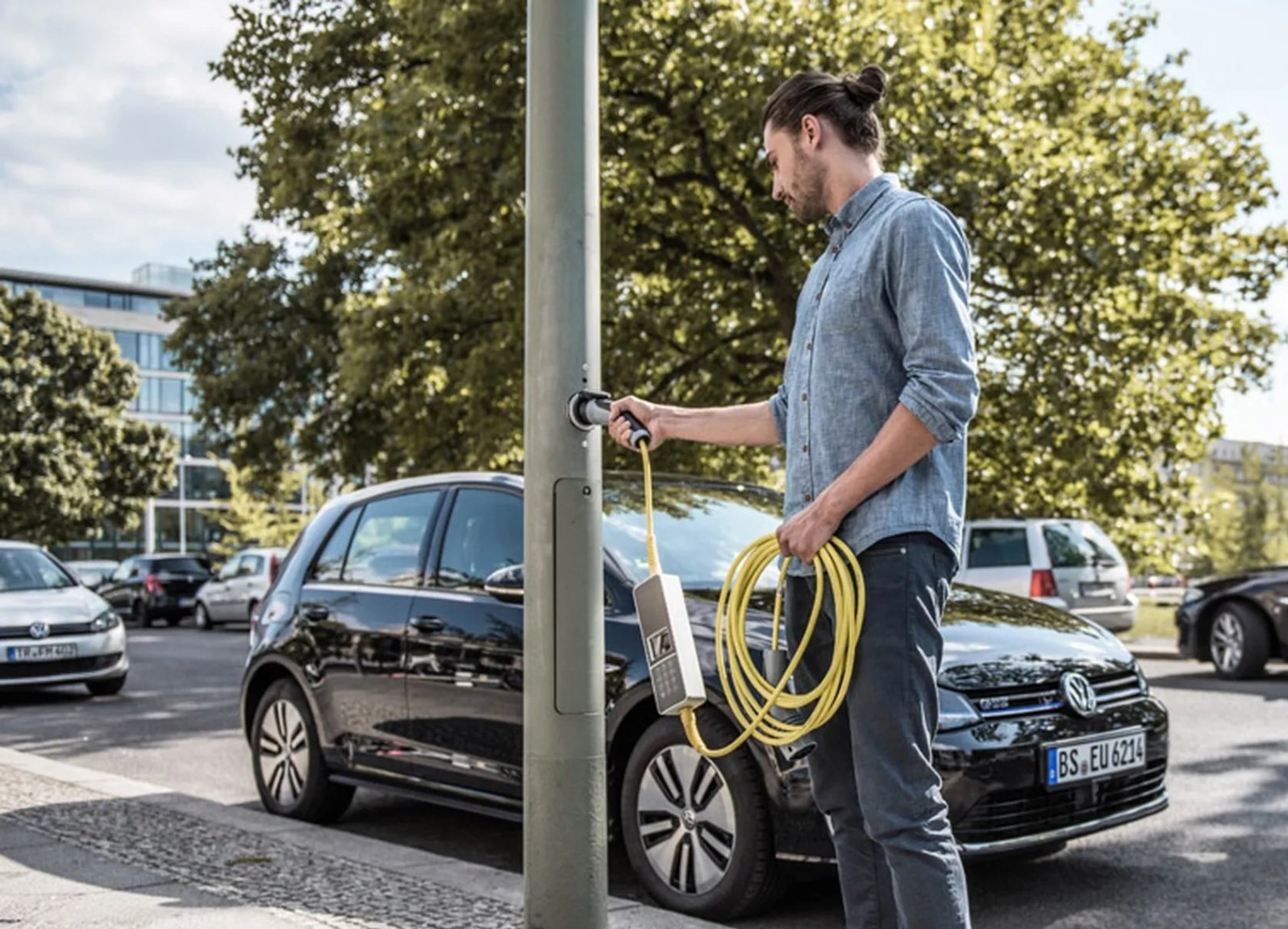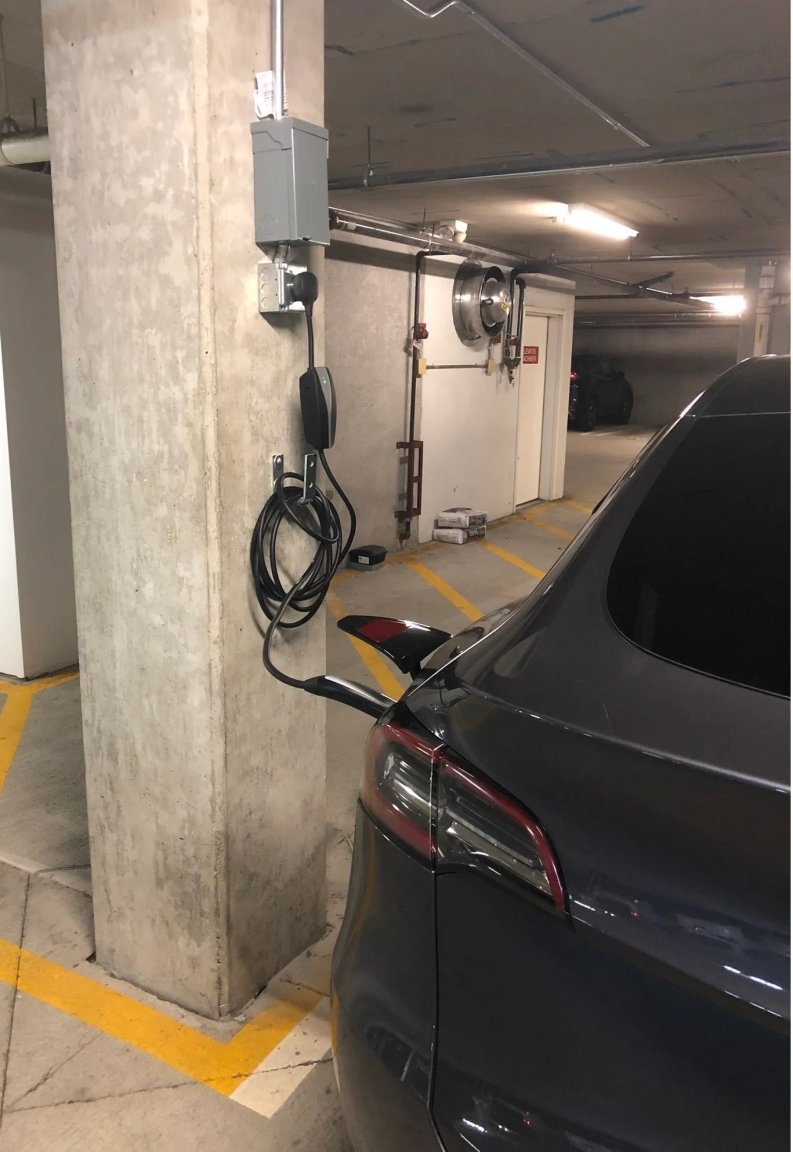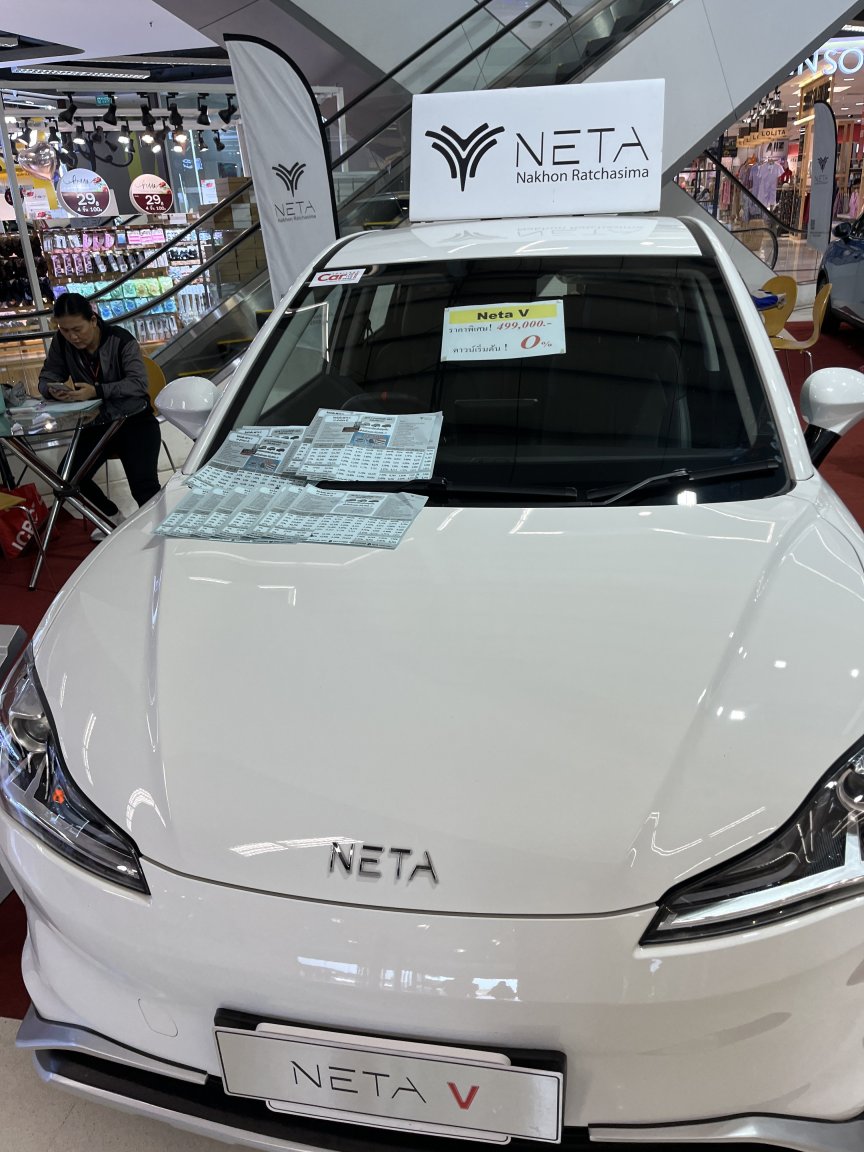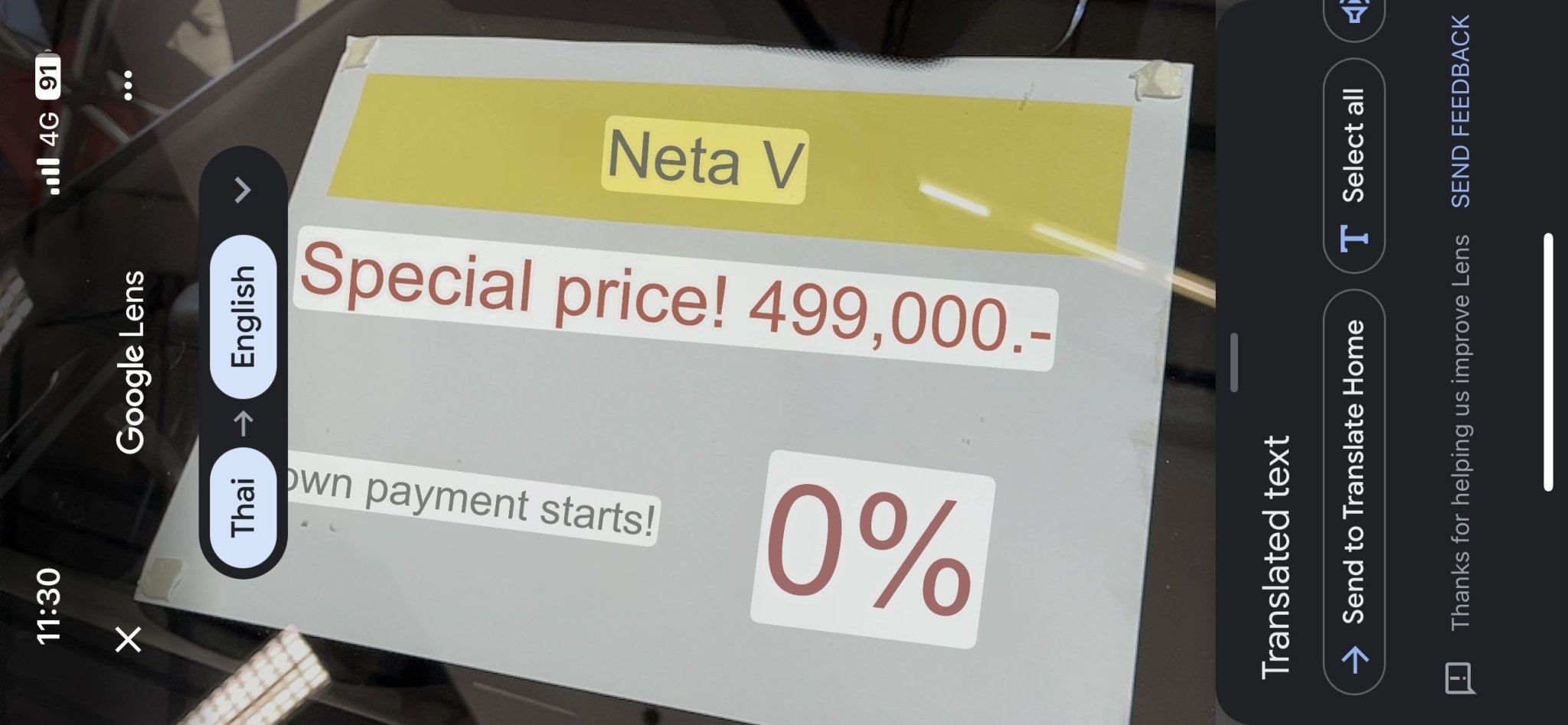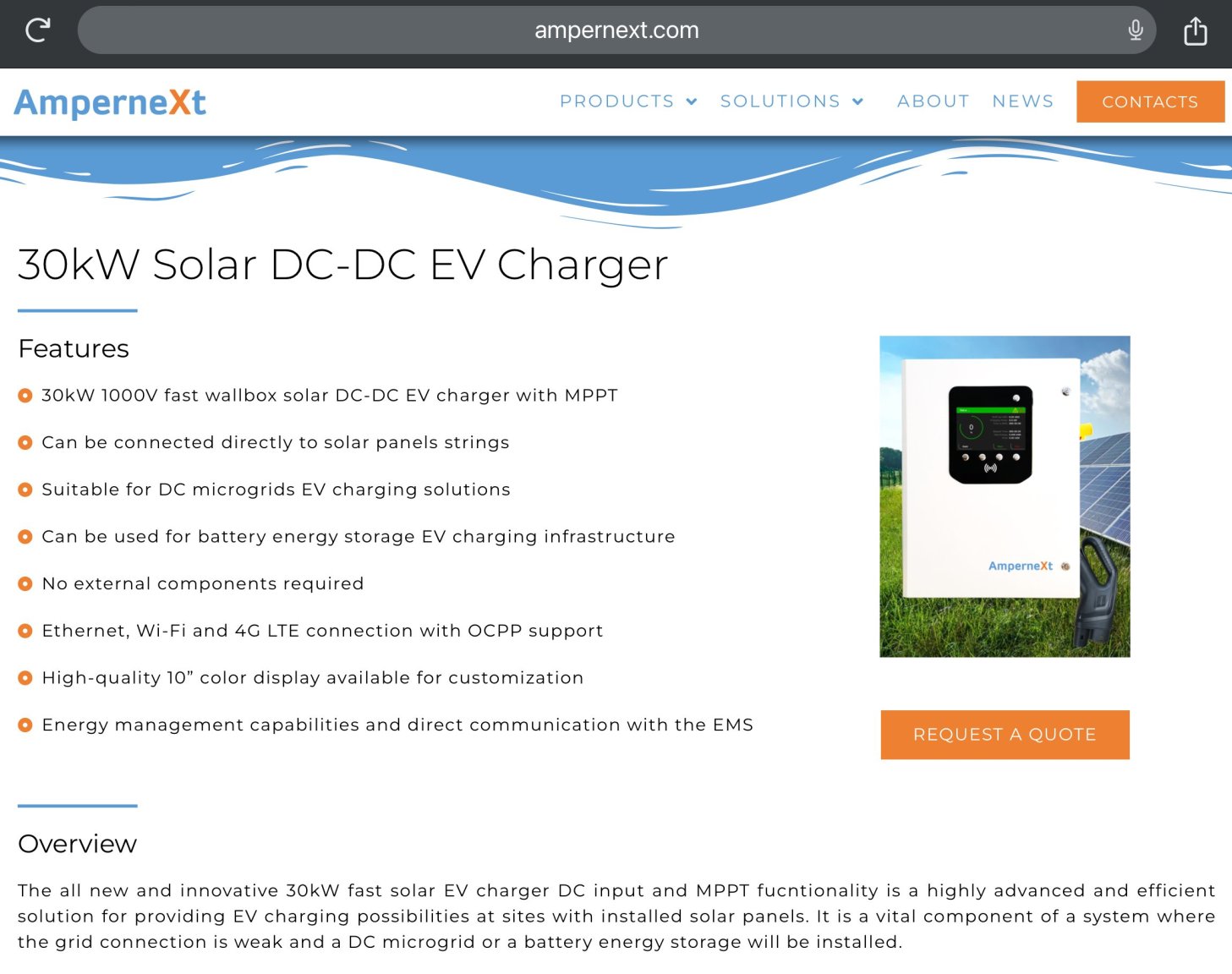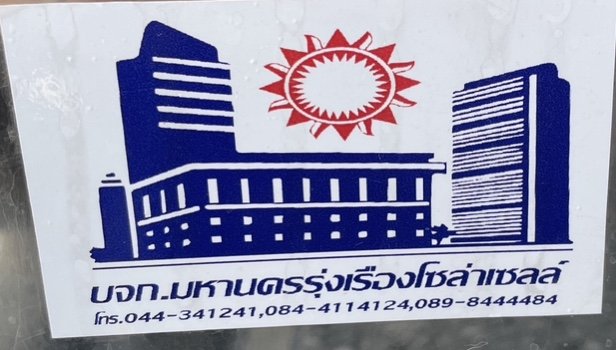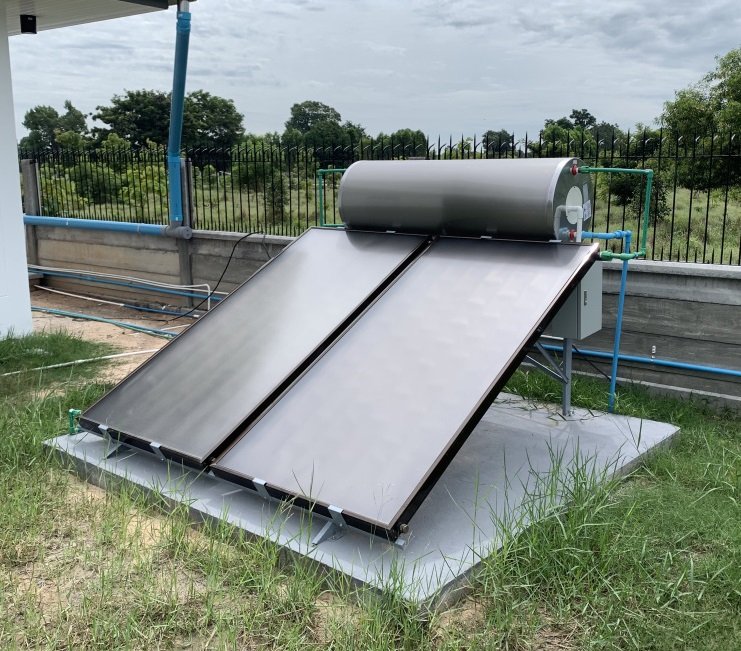-
Posts
2,449 -
Joined
-
Last visited
Content Type
Events
Forums
Downloads
Quizzes
Gallery
Blogs
Everything posted by Bandersnatch
-
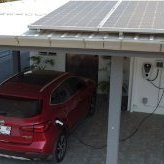
No charging option in condo - Need advice
Bandersnatch replied to Dewey's topic in Thailand Motor Discussion
-

No charging option in condo - Need advice
Bandersnatch replied to Dewey's topic in Thailand Motor Discussion
-

No charging option in condo - Need advice
Bandersnatch replied to Dewey's topic in Thailand Motor Discussion
I guess you are not following the EV and solar discussions on AN as you would know many EV owners here have solar and many solar owners are considering EVs. In my case I have 2 EVs and an electric motorbike and I don't have a grid connection at all. One in three Australian households now generate electricity domestically. In South Australia the proportion is nearly 50%. This trend is happening all around the world. Those who don't charge their EVs from their own produced electricity tend to charge when it's cheaper due to excess supply at night. Did you you know you can get a TOU meter here in Thailand and get half price electricity at night? Cleary not. Why is it that all the EV haters crying about electricity use by EVs never mention how much more is used in crypto mining and increasingly by AI https://news.sky.com/story/bitcoin-mining-consumes-more-electricity-than-most-countries-study-suggests-12991456 -

No charging option in condo - Need advice
Bandersnatch replied to Dewey's topic in Thailand Motor Discussion
Having spent several years on a building committee I know that buildings get many requests to spend the very limited condo fees. The best way to make a request is to make a suggestion that makes the condo money such as power outlets that are accessed via RFID card that you purchase from the condo. Power is sold at a premium over what the condo pays to buy it. As pointed out above the limited number of parking spaces in most condos make such a system difficult to get started, but such system do exist in condos around the world. -

Electric Vehicles in Thailand
Bandersnatch replied to Bandersnatch's topic in Thailand Motor Discussion
-

Electric Vehicles in Thailand
Bandersnatch replied to Bandersnatch's topic in Thailand Motor Discussion
My neighbour has a visitor from the uk who is “not interested in EVs” He admits that he knows nothing about them. I was invited to take them for a coffee in my BYD Seal AWD Performance. His first reaction what the shape of the car. He had never seen one before or even heard of BYD and was quite taken with it. “Looks like a Porche Taycan” Inside the complements continued. “Very luxurious” as he stroked the alcantara. I asked BYD to navigate to the coffee shop and as navigation came up switched the screen to portrait mode from the steering wheel. “Very cool” My neighbour suggested we try the launch mode. I put front camera on the main screen and launch timer on the driver’s display. He was shocked by the performance. The rest of the drive was on a four lane road (Dual carriage way) as I nipped in between the slow moving traffic like they were standing still. Over coffee he admitted that he hadn’t any idea just how far EVs had come and would seriously consider a BYD Seal as his next car. -

Charging an EV with solar cells
Bandersnatch replied to edwinchester's topic in Alternative/Renewable Energy Forum
It is definitely possible, but the efficiency gained would most likely be outweighed by the extra cost of the equipment. EVs in Thailand usually come with a free wall charger and installation. My 7kW AC charger results in 6.7kW DC going into my car. https://www.ampernext.com/products/first-30kw-dc-dc-solar-ev-charger/ -

Charging an EV with solar cells
Bandersnatch replied to edwinchester's topic in Alternative/Renewable Energy Forum
I have 2 EVs and as I am completely off-grid, both my cars are charged from Solar. If you charge from the wall box it will draw 7kW of power and if you use the mobile charger it will draw about 3kW. To power the wall charger you would need at least 10kW of PV and a 10kW inverter. If you decide to mobile charger a 5kW system will be sufficient. Remember that your solar system will top up from the grid if solar is not sufficient. The Neta V comes with V2L so you could use the car to power the house at night. I have many videos on that on my channel. -

Electric Vehicles in Thailand
Bandersnatch replied to Bandersnatch's topic in Thailand Motor Discussion
"Both the S07 SUV and the L07 sedan are powered by a 258 PS/320 Nm rear-mounted motor fed by a 66.8 kWh ternary lithium NMC battery, which offers up to up to 485 km of range for the S07 SUV and 540 km of range for the L07 sedan; range figures for both are based on the NEDC testing protocol. For charging, both the S07 SUV and L07 sedan support AC charging via the Type 2 connection standard, while DC charging is via a CCS2 connection and supports charging rates of up to 78 kW DC" https://paultan.org/2024/01/09/changan-deepal-s07-suv-l07-sedan-evs-launched-in-thailand-up-to-540-km-range-nedc-from-rm177k/ 78 kW DC charging if true is very slow. Half the speed of my Seal ternary v LFP Battery in the Seal 258 PS/320 Nm compared to my AWD Seal 530 PS/670Nm Does Deepal do an AWD version or is it coming ? -

Electric Vehicles in Thailand
Bandersnatch replied to Bandersnatch's topic in Thailand Motor Discussion
Kia EV 9 Launches in Thailand at the beginning of next month. 1st March 2024 Asked the sales girl for the price and she said it will be announced at launched but she thinks it will be over ฿3m -

Electric Vehicles in Thailand
Bandersnatch replied to Bandersnatch's topic in Thailand Motor Discussion
Black interior would make the atto 3 look more sensible -

Electric Vehicles in Thailand
Bandersnatch replied to Bandersnatch's topic in Thailand Motor Discussion
Choosing the "coolest" EV for the hot conditions of Thailand is important. So is a BYD Seal cooler than a Tesla model Y? The results are very similar to the when I tested the BYD Seal -

P.V. Solar Hot Water System. D.I.Y.
Bandersnatch replied to Jing Joe's topic in Alternative/Renewable Energy Forum
My supplier is no longer selling solar thermal. I have a friend who bought one recently, it was quite expensive, but he is very happy with it. -
The list of components in my opening post were just some examples for price information. Thanks to @007 RED for pointing out to me that some people may think I was suggesting these examples would work well together for a perfect system. I simply googled components to get current prices. They were never checked to see if they were compatible.
-

P.V. Solar Hot Water System. D.I.Y.
Bandersnatch replied to Jing Joe's topic in Alternative/Renewable Energy Forum
I was the poster in the "last power bill ever" I just want to correct something you said in case people get the wrong impression about solar thermal. "the temps are probably not great" Unless ambient temperatures drop to low teens I always have to add cold water as the hot water is scalding hot on it's own. "some are using solar water panels at ground level for hot water systems" - yes that's me again "and tanks need mounting at a higher level to prevent reverse cycling at night." I am not sure what you mean by "reverse cycling at night" I assume you mean the daytime convection system working in reverse at night, but that doesn't happen with my setup. On the right side of the tank (the side you can see) fresh cold water is added to the bottom of the tank as hot water is used (blue pipe) Hot water leaves the top of panel (green pipe) and enters the top of the insulated 200L tank The side of the tank you can't see Hot water leaves the top of the tank (green pipe) to go to the bathrooms The coldest water in the tank is most dense (convection) sinks to the bottom of tank and follows another green pipe to enter bottom of the panel to be reheated by the sun. During the day water is constantly moving via convection as water gets heated in the panel rises and displaces the coolest water in the tank. At night the tank is insulated so stays hot, the panel is not insulated so the water is cooler and no water moves between the panel and the tank unless hot water is sent to the bathroom. My system has an emersion heater with various settings like time to start and stop heating; minimum temperature to maintain, but I have never used it. My system has also worked amazingly for over 5 years now. One criticism I would acknowledge about solar thermal is that it is expensive. My system cost ฿30,000 6 years ago, but I have heard people paying more than twice that more recently. The system is pressurized with pressure release valves so no pump is required -

Govt to Address Oil Fund Losses Amid Subsidy Strain
Bandersnatch replied to snoop1130's topic in Thailand News
84.3 billion baht loss on oil and gas subsidy programs - why are we subsidizing fossil fuels at all? -
I have said this many times PEA is expensive electricity compared to solar, but you only pay for exactly what you use. Solar you have to have a reasonable idea of how much you use and when in the day you will use it before you install. My usual recommendation is live in a house for a year before getting solar, buy an energy monitoring system that will let you know what energy you are using and when. The monthly PEA bill is a very crude tool for planning a solar system. A solar system with a very short payback will hardly ever produce more power than you can use, but it won’t save you much money in total.
-
I wouldn’t bank on being able sell power back as part of your financial calculations. when I looked the FIT was ฿1.68 per kWh it was later raised to ฿2.2 If you were on single phase electric the max size was 5kW which rose to 10kW on three phase. Your inverter had to be on the approved list. There are guys on this forum who have waited over a year for approval. My dealings with PEA is that rules gets changed quickly and not every office interprets them the same. ROI and Payback are not the same. Most people use payback as it’s the simplest to understand. Payback will depend on when in the day you use the power. During the day it’s easier to cover with solar than buying batteries for night. maintenance is really just keeping the panels clean outside the rainy season. Solar has no moving parts and tends to be pretty reliable. What maintenance do you do on your home electrics?
-
Most on grid folk will set their inverter priority to be Solar, then Battery, then Grid. You shouldn’t see any drop in power as they switch between sources. A cheap and easy solar entry system is 5or6kW of PV and a 5kW inverter. The next step would 10 and 10. You have to make a choice of not enough on 5kW or possibly too much on 10kW. As you seem to not want batteries there is nowhere for excess solar power to go. Sounds like the cheapest solution for you is 5 and 5, no battery and a bit more PEA. The thing about PEA as a backup you are only paying for the power you actually use. Although I am completely off-grid I wouldn’t recommend it if you’re only considering financials
-

My Last Electric Bill, Ever!
Bandersnatch replied to Bandersnatch's topic in Alternative/Renewable Energy Forum
As I’ve never used 3 phase or any 3 phase solar equipment, I don’t feel a can answer your questions. Power coming from V2L will be single phase you need to find a way to integrate the single phase into your system. Do you split the phases across different zones of your house? In which case you could treat one of the zones as a UPS using V2L. -
Supply and fit can get expensive as the company makes a profit on the components and the installation. The good ones will warranty their work and offer after sales support. However, there are some companies who think consumers have no idea of the price of solar components and they feel free to charge whatever they want. hopefully with falling prices the savings will eventually start to get passed on to consumers.


